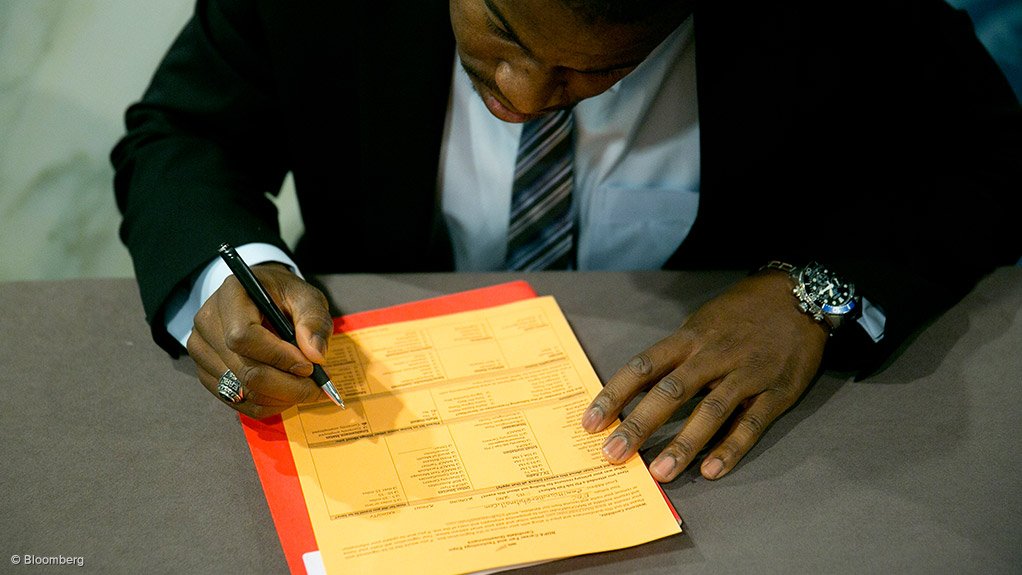The pace of transformation in South African workplaces is moving too slowly, with 70% of the country’s top management level jobs still held by whites in 2014, compared with the 13.6% of such jobs held by Africans.
Speaking at the launch of the Commission for Employment Equity’s (CEE’s) fifteenth yearly report, acting chairperson Tabea Magodielo noted that, while this was an improvement from the 72.6% of top-level jobs held by whites in 2012, there were still no “earnest attempts at embracing the spirit of employment equity”.
“It is 20 years into our democracy . . . and if we continue at this pace, it says to me that 40 years into our democracy, we will possibly be sitting at just about 25%, when, in fact, Africans represent 76% of the total economically active population (EAP). This is astounding,” she added.
Further, the report highlighted that, while there was a 0.9% drop in male representation at the top management level between 2012 and 2014, the percentage of jobs held by men was still considered high, as they represented 55% of the EAP.
“Significant interventions are required for women to break the ceiling and even reach 30%,” it stated.
The CEE report, titled ‘Transformation makes Business Sense’, also noted that the South African labour market continued to be “racialised and gendered”, with little progress since the implementation of the Employment Equity Act in 2000.
Meanwhile, while the representation of whites at senior management level had continued on a downward trend over the last two years, the most significant decrease of 10.7% had been recorded between 2010 and 2012.
The decrease in the representation of males at senior management level was also slower between 2012 and 2014, dropping by 1.3%, compared with the 11.9% decrease between 2010 and 2012.
Female representation increased slightly to 32.1% in 2014.
“There also seems to be preference within the designated groups, with some groups enjoying preference over the others. A case in point is the increasing representation of Indians relative to their EAP than say Coloureds.
“With regard to gender, there is preference for males over females in most of the sectors and provinces,” the report said.
It further highlighted that Coloured people seemed to fare the worst, coming second to foreign nationals.
“There seems to be a preference for certain groups in the different sectors, with whites being the most preferred in the private sector, followed by Indian and then African males. African and Coloured females continue to bear the brunt of low skilled jobs and are, hence, confined to the lower occupational levels,” it pointed out.
Significant progress was also made towards reaching equitable representation at the skilled technical level. Foreign nationals continued to gain ground at this level.
Further, the professionally qualified level saw a “significant decrease” of 3.2% in the representation of whites between 2012 and 2014.
“At 41.9% in 2014, this still remains at nearly four times their EAP,” the report noted, adding that the drop in representation benefited all other groups, with Indians benefiting the most proportionally when measured against their EAP and foreign nationals whose representation continued on a positive trend.
The representation of Coloureds increased slightly by 0.1%, compared with a 1% decrease between 2010 and 2012.
The representation of persons with disabilities at top management level was also on a steady increase from 1.7% in 2012 to 2% in 2014; however, at the senior management level, disability representation remained constant at 1.7% between 2012 and 2014, with disabled female representation not even breaking the 1% mark.
EMAIL THIS ARTICLE SAVE THIS ARTICLE
To subscribe email subscriptions@creamermedia.co.za or click here
To advertise email advertising@creamermedia.co.za or click here











